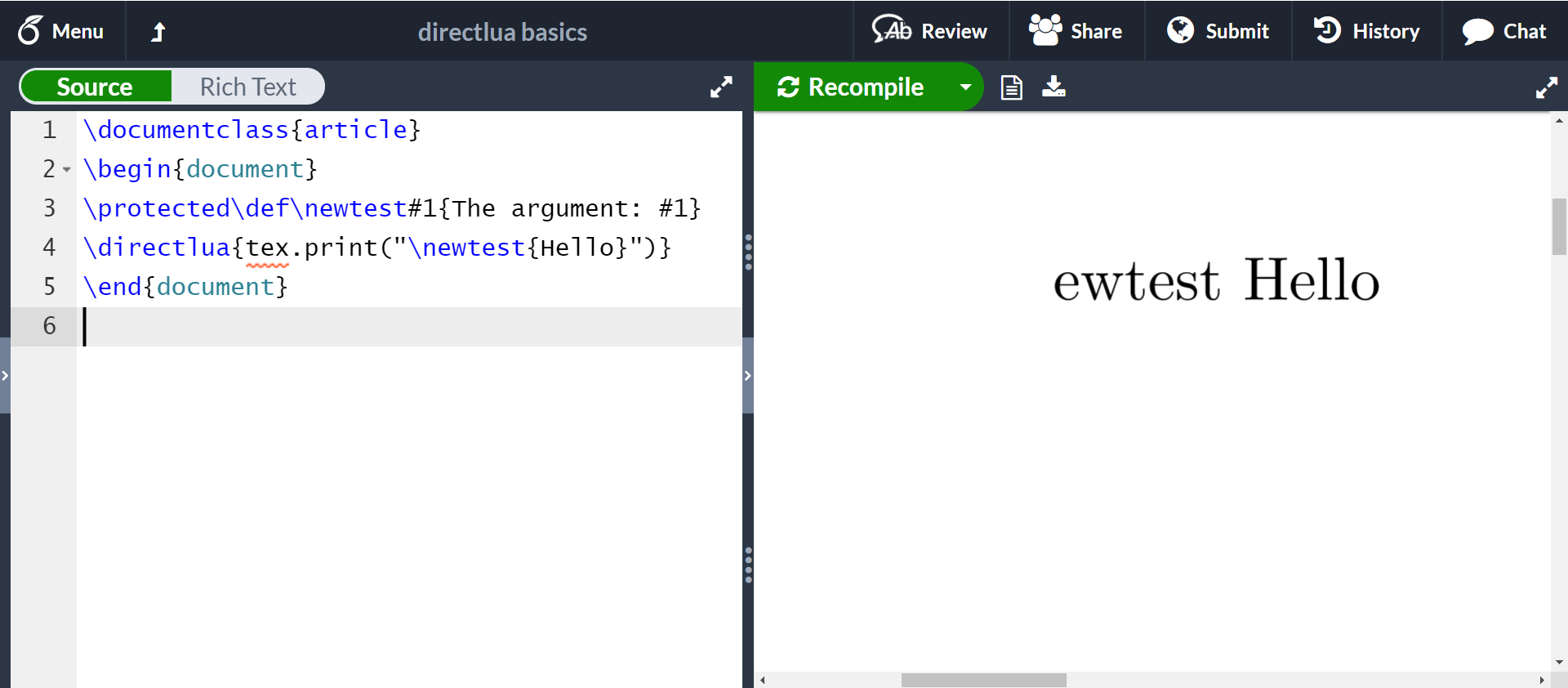

But we can still apply the zero product property. The expression x 2 + 1 is “irreducible” over the real numbers, which means it can’t be broken down into simpler multiplicative factors that involve only real numbers. The x 2 – 1 should look familiar: We factored that when we found the square roots of unity. Since x 4 and 1 are both perfect squares, you can use the difference of squares formula here as well: But there are actually two more, and you can find them using algebra as we did above: Just put the equation into standard form and factor: These are the solutions to the equation x 4 = 1. You might recognize two of the fourth roots of unity right away: Since 1 4 = 1 and (−1) 4 = 1, x = 1 and x = −1 both satisfy the equation, so they are fourth roots of unity. You can see even more structure in the fourth roots of unity. When n = 2, the two roots 1 and −1 have a symmetric structure that is related to how my student found her vertex. So if ( x – 1)( x + 1) = 0, then either x – 1 = 0 or x + 1 = 0. The first equation is true when x = 1, the second when x = −1. So 1 and −1 are the two “second roots of unity,” which might be more familiar to you as the two square roots of 1.įor any n you can find the nth roots of unity, which are the solutions to the equation x n – 1 = 0. These roots of unity possess a remarkably rich structure that connects to high school math like trigonometry and rotations of the plane as well as ongoing research that involves some of the great unanswered questions in modern math. Now that you’ve got a product equal to 0, you can invoke one of the most underappreciated rules from algebra class: the “zero product property.” This says that the only way two real numbers can multiply to 0 is for one of them to be 0. Here x 2 – 1 2 = ( x – 1)( x + 1), which gives you You might remember factoring expressions like this using the “difference of squares” formula, which says that a 2 – b 2 = ( a – b)( a + b). To find its roots, just set it equal to 0 and solve: Roots of unity are the roots of the polynomials of the form x n – 1. For example, when n = 2, this gives us the quadratic polynomial x 2 – 1.

And when it comes to the roots of polynomials, none have more structure than the “roots of unity.”

There is a structure to the roots of every polynomial, and mathematicians study these structures and look for opportunities to capitalize on them, just as my student did with her parabola. “The vertex is at x = 4,” she said, “because the roots are x = 1 and x = 7, and the roots are symmetric about the vertex.” She used the fact that the parabola is the graph of a quadratic polynomial, and that the roots of that polynomial - the values where it becomes 0 - have a certain structure she could take advantage of. You can try vertex form, or the axis of symmetry, or even calculus.īut last week one of my students located the vertex of a parabola in a particularly elegant way. The most important part of a parabola is the vertex - its highest or lowest point - and there are many mathematical techniques for finding it. If you’ve ever taken an algebra or physics class, then you’ve met a parabola, the simple curve that can model how a ball flies through the air.


 0 kommentar(er)
0 kommentar(er)
